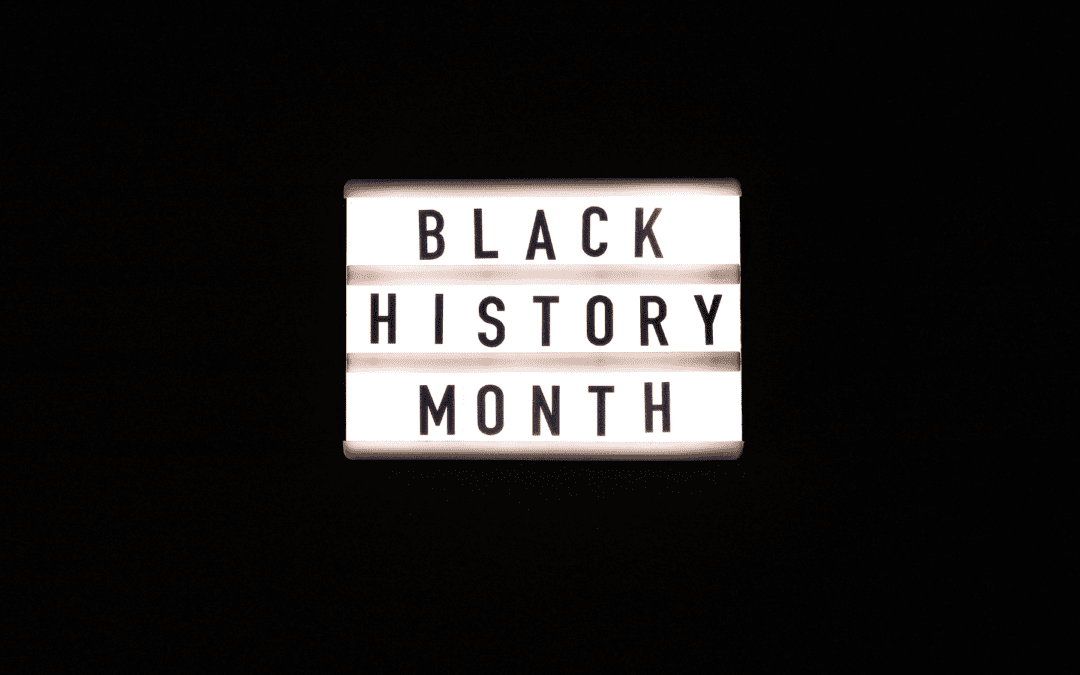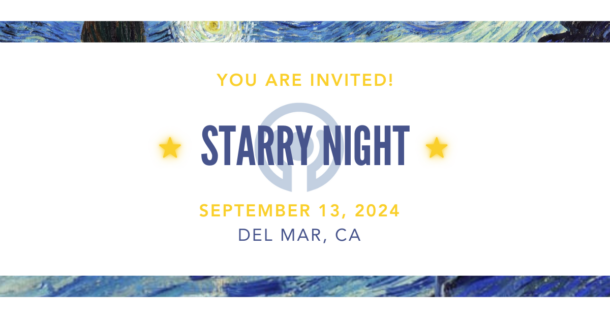Author: Jayson Blair, IBPF Honorary Board Member
Forgive me for thinking I had fallen backwards into a time machine. It was June 2020, but it could have just as easily been June 1865. In a hearing on the higher incidence of COVID-19 among black Americans, an Ohio State Senator asked, “Could it just be that African Americans – the colored population – do not wash their hands?”
It echoed comments made in the months after the Civil War when Congress was debating whether to create a medical division of the Freedmen’s Bureau, which was designed to help black Americans who were freed during and after the Civil War. Black Americans had been told they were free, but they had nowhere to go and no resources. Instead, according to The Racial Divide in American Medicine by Richard D. deShazo and other historical sources, they moved into abandoned prisons, discarded military barracks, old warehouses and refugee camps. A smallpox outbreak and the lack of healthcare was leading, according to these sources, was leading to a public health crisis as bodies stacked up in these towns.
Healthcare, and mental healthcare in particular, has been a difficult and complex issue for black Americans throughout the history of the United States. Like my own father, when he was 9 years old, Alvin Poussaint, who is black, became ill with rheumatic fever and was hospitalized for three months and spent two more months in a convalescent home. His biography says that he could do little but read while recovering and it became a passion. After leaving the home, his physical activities were restricted and his interest in science and history were born. He attended New York City’s elite public high school, Stuyvesant, and attended Columbia University and, in 1960, received his M.D. from Cornnell. Poussaint completed his residency at the UCLA Neuropsychiatric Institute in 1964 and, eventually, joined the Harvard Medical School faculty as a professor of psychiatrist.
Poussaint became the preeminent medical historian on race in America. He pioneered the idea that overcoming segregation was more important to the black mental health crisis of his time than individual counseling. Poussaint authored a book with Amy Alexander, a prominent black journalist, called “Lay My Burden Down,” which focused on suicide among black Americans.
“I think that it is good for the mental health of Black people to fight back, to struggle back and not accept their condition,” Poussaint said in a 2013 interview, reflecting on attacking discrimination was more important to black Americans than counseling. “That in itself can build self-esteem, the fact that you are not lying down passively and just taking it back.”
Blacks were forced to participate in dissections in the Antebellum period, often of black corpses dug up without consent, from graveyards, according to an article by a prominent psychiatrist. “The psychiatric diagnosis of drapetomania, or “runaway slave syndrome,” was created to diagnose and pathologize African slaves who fled their vicious slave owners. To run away from slavery was considered a disease. The treatment was often amputation of extremities,” he continued.
According to The Hill newspaper, in the Civil Rights era, psychiatrists used the concept of schizophrenia to portray black activists as violent, hostile, and paranoid because they threatened the racist status quo. During the later period of the failed Reconstruction Period in Southern American history, The Hill, also noted that some prominent whites argued that black Americans would not survive as a race because they could not psychologically survive freedom. The answer was not to pour resources into mental health, but, instead, to give up.
It was notable that Poussaint was a black psychiatrist at Harvard in 1969. His ascension reflected how much progress we have made as a country. His words reflected how far we have to go.
And the battle over the Freedom’s Bureau in the 1860s reflected how we have been fighting these same battles for 100s of years.
In response to the argument that there should be Freedmen’s Bureau hospitals, an argument emerged that echoed the case of the 2020 Ohio State Senator. According to The New York Times 1619 project, politicians argued that funding these hospitals was foolish. “The theory goes that this high death rate is actually just nature taking its course,” according to The Times. “So black people aren’t dying for want of basic necessities, they’re actually dying because they are biologically inferior to whites and ill-suited for freedom.” and that fighting for funding for these hospitals would be “foolish because you’re just trying to prevent the inevitable.”
Another Ohio politician at the time, took to the floor of the U.S. House of Representatives to say, “No charitable black scheme can wash out of the color of the Negro,” can “change his inferior nature or save him from his inevitable fate.”
If I learned anything in 2020 it is that we are fighting the same fights as 1864. They are different words, but they have the same meaning – don’t’ blame a system that denies black Americans, Native Americans and others adequate healthcare. Instead, let’s blame the victim.
There are ample examples of this outside of healthcare and within. Slavery became Jim Crow, and Jim Crow became segregation, segregation became fights against school busing and fights against school busing became white flight. In the same way, you can draw a line between the anti-Freedmen’s Bureau arguments about creating dependency and the battles we have been having since the 1980s about government assistance, such as food stamps and welfare supplemental income.
This is just as apparent in healthcare.
In 1945, President Truman made the pitch for national healthcare. He was met by forceful opposition from the American Medical Association, whose chapters barred black members and whose doctors, fearful of lost profits, opposed integration of healthcare facilities. President Truman’s plan was crushed by an elaborate public relations campaign that put a smokescreen in front of the real concerns – that the government would get involved in people’s private healthcare. It’s an argument we still make today, but, regardless of where you are on the divide, make no mistake that it is one that is really about maintaining inequality in a world of limited resources.
The Times recounts stories of people denied healthcare because of the color of their skin during this time, such as the man who was in a car accident and was being treated at Grady Memorial Hospital, a segregated white hospital in Atlanta. The man appeared white, but it became clear he was black when his family arrived. They immediately stopped treatment and sent him across the street to a small, underequipped black hospital, where he died. Some white hospitals were so hostile to black Americans in the 1960s that when James Reeb, a Unitarian Universalist minister and civil rights worker, was brutally assaulted in Selma, Alabama in 1965, medical workers warned to not take him to the white hospital. He died as he was being rushed to a hospital 92 miles away in Birmingham.
Two things changed the paradigm for black Americans in the world of healthcare. First, in 1964, the Civil Rights Act was passed and it barred discrimination, and segregation, based on race. This was followed by the signing of the law that created Medicare in 1966 by President Johnson. President Johnson used the two as a cudgel – if white hospitals and healthcare facilities did not desegregate, he would cut off their healthcare funding.
The legacy of segregation and white flight left many Americans, though, without adequate healthcare. This was compounded by events like the Tuskegee Experiment, where the U.S. government gave black men syphilis without consent to study them from 1932 to 1972. Trust in the American healthcare system is not something black Americans, for obvious reasons, buy into that easily.
“In my work as a psychiatrist, I often observe the differential treatment of patients based on race or ethnicity,” Corey Johnson, a psychiatrist, wrote in 2017. “This discrimination may take the form of differential prescription patterns at times or increased restraints used in the hospital. I have observed hospital staff insistent that certain black patients were “dangerous” requiring four-point restraints, which meant that each of the limbs would be strapped to the bed.”
It should come as no surprise that trust and resources are the greatest challenges.
While getting mental health resources might be a key to helping black Americans, treating racism by the mental healthcare community may be the first, most important step. If this is true, we, as leaders in the mental health community must join in efforts to end racism – or at least its grip on power – in America.


